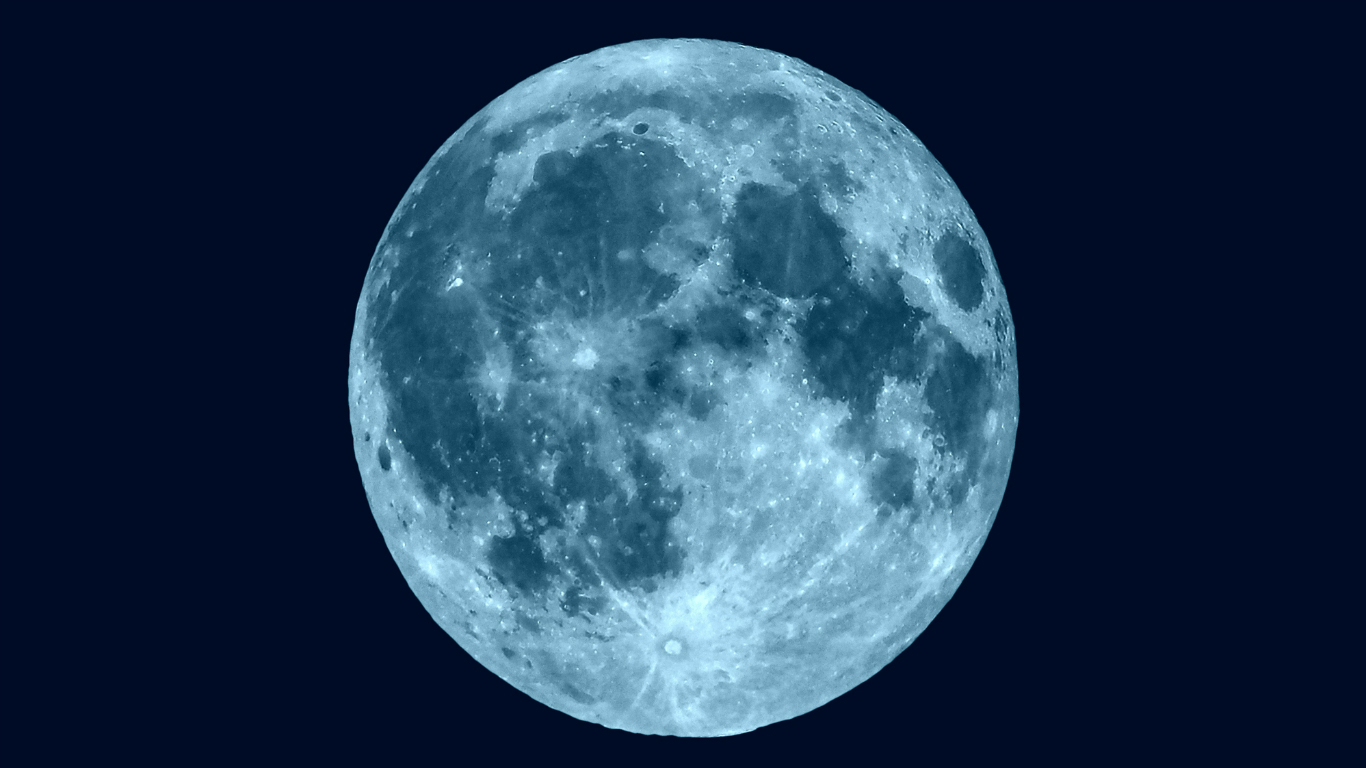News
There Is Evidence of Water on the Moon -- but It's Not What You Think

Published:
Last Updated:

Space might be the final frontier, but wherever humans decide to establish long-term settlements in that seemingly endless void, they’ll need local access to water.
We need potable water to stay alive, of course, and to grow plants for nourishment, but it’s also the main ingredient for producing rocket propellant locally.
This is why researchers spend so much time figuring out how water is formed where it collects on other planets, asteroids and moons. Last year, researchers discovered that clean, mineable water ice exists just below the surface of Mars, resolving one major concern about any future human-occupied research station on the Red Planet.
Now, two teams at the University of Hawaii at Manoa published findings showing how water can originate naturally from separate ingredients, offering an explanation for how water forms on certain celestial bodies.
The research shows water doesn’t just float around space as ice rocks, but also can originate through a natural process on the surface of airless bodies like the moon, giving humans a better understanding of how water is formed. This can one day be among the most unforgettable moments in space exploration.
“Overall, this study advances our understanding on the origin of water as detected on the Moon and other airless bodies in our Solar System such as Mercury and asteroids and provides, for the first time, a scientifically sound and proven mechanism of water formation,” Jeffrey Gillis-Davis of the Hawaii Institute of Geophysics and Planetology, which participated in the study, said in announcing the findings.
To show evidence of how water formed on the moon, lead author of the study, Cheng Zhu, and his colleagues irradiated samples of the mineral olivine, a common proxy for lunar material, and deuterium atoms, an isotope of hydrogen that serves as a proxy for solar wind, to show that hydrogen could become implanted in lunar rock. When the researchers heated this material with a laser to simulate the heat caused by micrometeorite impacts that strikes the surface of the moon, they discovered that the samples released a burst of ions that matching that of ionized heavy water (deuterium oxide), which is basically water with made from the deuterium isotope of hydrogen that can be used in certain types of nuclear reactors but isn’t potable.
Last year, a team of scientists confirmed the moon contains significant deposits of surface water ice (ice that can provide regular water that humans can consume) in lunar craters at the moon’s poles. This ice is believed to have accumulated from meteorite impacts and is protected from the effects of vaporization in airless environments by the craters. So could there be life on the Moon one day? Maybe and maybe not. But here are 20 reasons scientists believe there is life on other planets.
The thought of burdening your family with a financial disaster is most Americans’ nightmare. However, recent studies show that over 100 million Americans still don’t have proper life insurance in the event they pass away.
Life insurance can bring peace of mind – ensuring your loved ones are safeguarded against unforeseen expenses and debts. With premiums often lower than expected and a variety of plans tailored to different life stages and health conditions, securing a policy is more accessible than ever.
A quick, no-obligation quote can provide valuable insight into what’s available and what might best suit your family’s needs. Life insurance is a simple step you can take today to help secure peace of mind for your loved ones tomorrow.
Click here to learn how to get a quote in just a few minutes.
Thank you for reading! Have some feedback for us?
Contact the 24/7 Wall St. editorial team.